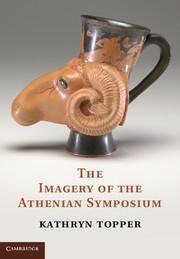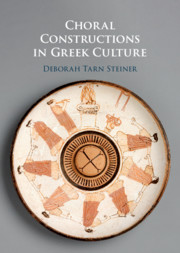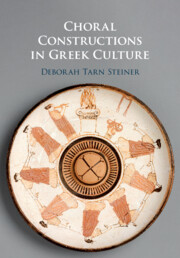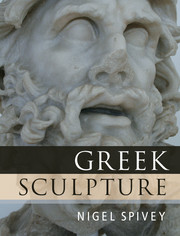The Image of the Artist in Archaic and Classical Greece
This book explores the persona of the artist in Archaic and Classical Greek art and literature. Guy Hedreen argues that artistic subjectivity, first expressed in Athenian vase-painting of the sixth century BCE and intensively explored by Euphronios, developed alongside a self-consciously constructed persona of the poet. He explains how poets like Archilochos and Hipponax identified with the wily Homeric character of Odysseus as a prototype of the successful narrator, and how the lame yet resourceful artist-god Hephaistos is emulated by Archaic vase-painters such as Kleitias. In lyric poetry and pictorial art, Hedreen traces a widespread conception of the artist or poet as socially marginal, and sometimes physically imperfect, but rhetorically clever, technically peerless, and a master of fiction. Bringing together in a sustained analysis the roots of subjectivity across media, this book offers a new way of studying the relationship between poetry and art in ancient Greece.
- Proposes a new way of understanding pictorial style in Archaic and early Classical Greek art as well as new interpretations of the poetry of Archilochos and Hipponax
- Offers an alternative way of studying the relationship between poetry and pictorial art in ancient Greece
- Underscores the importance of the symposium as the locus of inter-media or inter-arts exchange in ancient Greece
Product details
No date availableHardback
9781107118256
408 pages
261 × 186 × 22 mm
1.03kg
65 b/w illus. 25 colour illus.
Table of Contents
- Introduction: 'I am Odysseus'
- 1. Smikros and Euphronios: pictorial alter ego
- 2. Archilochos, the fictional creator-protagonist, and Odysseus
- 3. Hipponax and his make-believe artists
- 4. Hephaistos in epic: analog of Odysseus and antithesis to Thersites
- 5. Pictorial subjectivity and the Shield of Achilles on the François vase
- 6. Frontality, self-reference, and social hierarchy: three Archaic vase-paintings
- 7. Writing and invention in the vase-painting of Euphronios and his circle
- Epilogue: persuasion, deception, and artistry on a red-figure cup.







